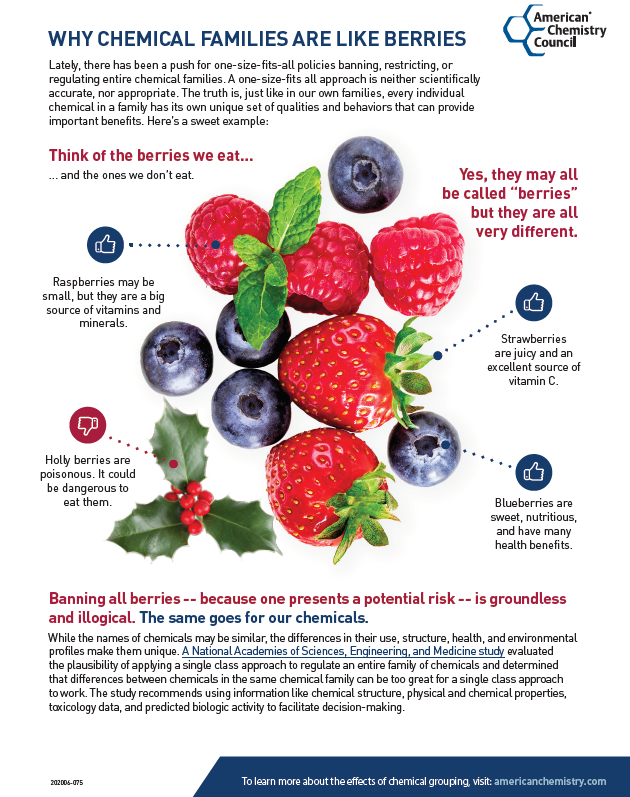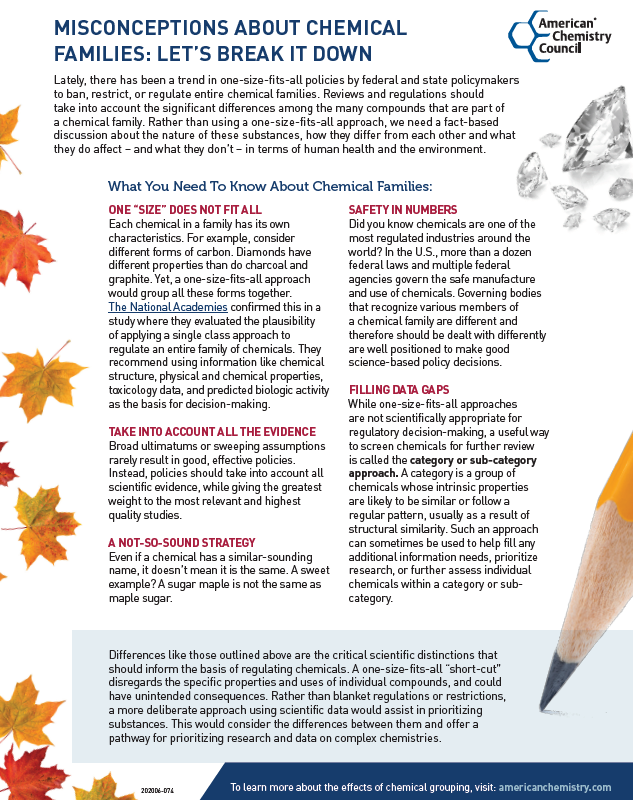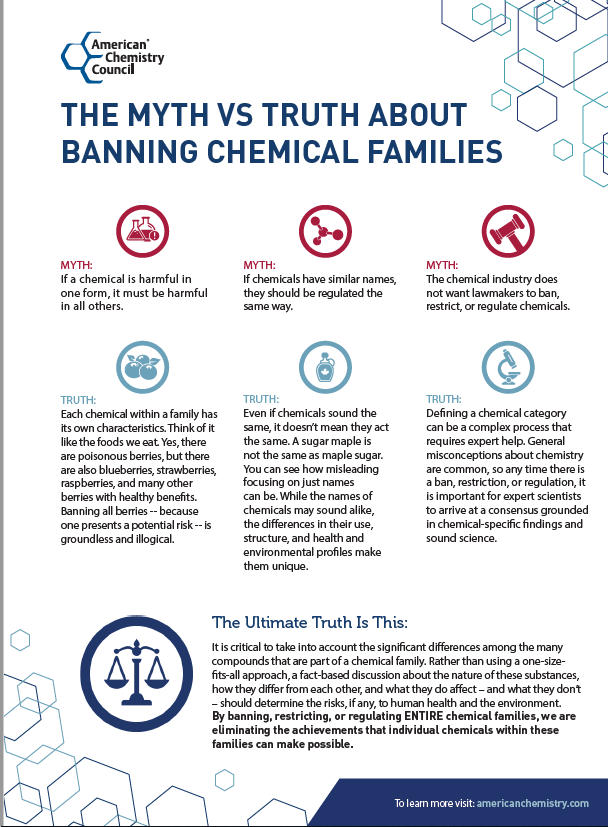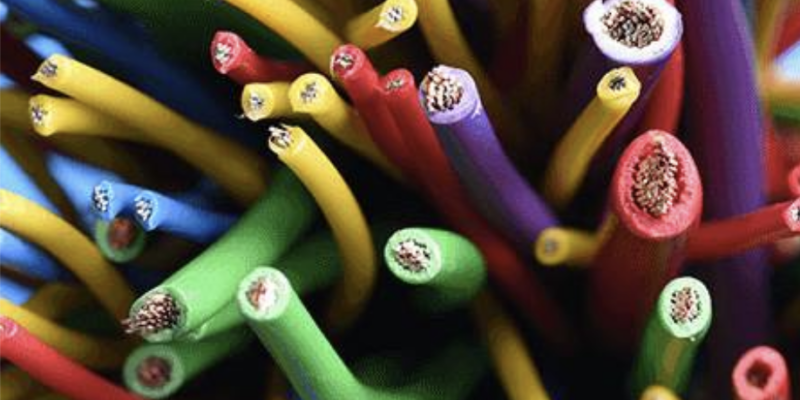
Chemical Families: Sometimes Similar, But Far From the Same
A “chemical family” can be defined as a group of elements that have certain similar properties and can form compounds with some similar properties.
However, there can be significant differences among the many compounds that are part of a chemical “family.” Chemicals that seem similar can have vastly different structures, uses and health and environment profiles, and each chemical in a family has its own distinct characteristics. For example, diamonds, charcoal and graphite are all forms of carbon, but have highly different properties.
Grouping chemical substances into a category or class is sometimes done by regulators to conduct initial screening, streamline testing, or support hazard or risk assessment, but is not meant to be used to define an entire group of chemicals.
The following are examples of several chemical families that include chemicals with different structures, uses and safety profiles within them:
The following video, infographic and one-pagers developed by the American Chemistry Council demonstrate how chemicals that may seem very similar at first glance actually have very different structures, uses and safety profiles.








